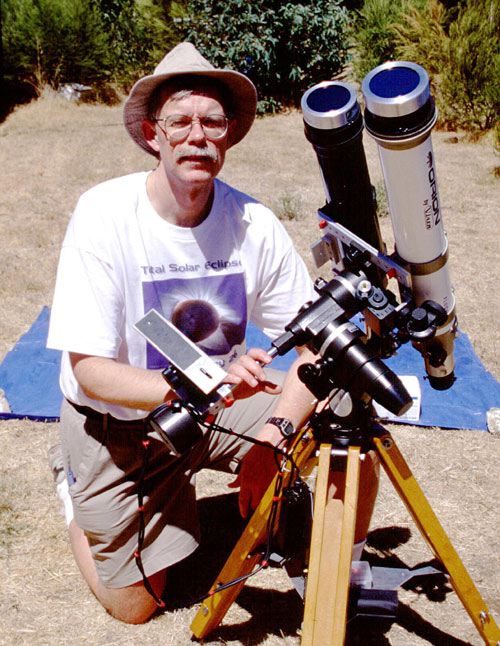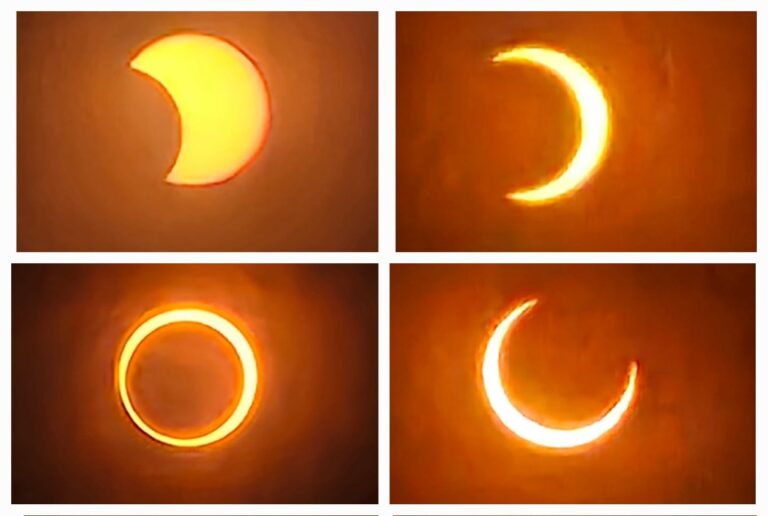Key Takeaways:
Loops, which are like the magnetic field from a horseshoe magnet embedded in the Sun’s visible surface, push through this photosphere. The magnetic loops have a north polarity and a south polarity where they enter and exit the Sun — called “feet.” If the magnetic field at the base of the loop is strong enough, it prevents the conveyor-belt-like transport of energy from the Sun’s interior to the surface because charges cannot cross magnetic field lines. Without its main energy source, that region cools, forming sunspots.
Based on this scenario, you might wonder instead why sunspots do not only appear in matched opposite-polarity pairs. The turbulent motions in the Sun’s interior fragment the loops in the solar magnetic field. Sunspots generally appear in opposite-polarity pairs or in opposite-polarity groups when the magnetic field is fractured. If one foot of the magnetic loop becomes too spread out, it may be too weak to form a sunspot, and the opposite-polarity sunspot will appear as an individual, but the ghost of its partner’s magnetic field still remains. And sometimes the magnetic field can emerge to the surface fractured and tangled, leading to a great and confusing sunspot group. It is not surprising that in the turbulent environment of the Sun’s atmosphere, the general rules that guide the way sunspots appear are often broken.
Montana State University, Bozeman










